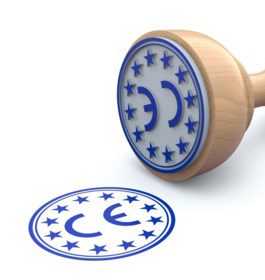The EMC Directive is a European Directive definesproduct requirements which must be upheld by manufacturers and other economic operators for the purpose of placing electrical and electronic equipment (apparatus and fixed installations) on the market and/or put these into use. Electromagnetic compatibility (EMC) is the ability of equipment to function satisfactorily in its electromagnetic environment without causing electromagnetic disturbances which are inadmissible to other equipment in that environment. An equipment refers to an apparatus or a fixed installation. Examples include computers and production lines.
Manufacturers and other economic operators planning to place electrical and electronic equipment on the market within Europe or put these into use, must meet the essential requirements of the EMC Directive. Only after all essential requirements and other relevant CE product requirements have been met, can the CE marking be affixed to an electrical and electronic equipment, and can the product be freely placed on the market within the European Union.
The EMC Directive does not apply to products intended for the aviation industry, radio equipment and products that are inherently unable to produce or contribute to electromagnetic emissions and are not susceptible to these.














